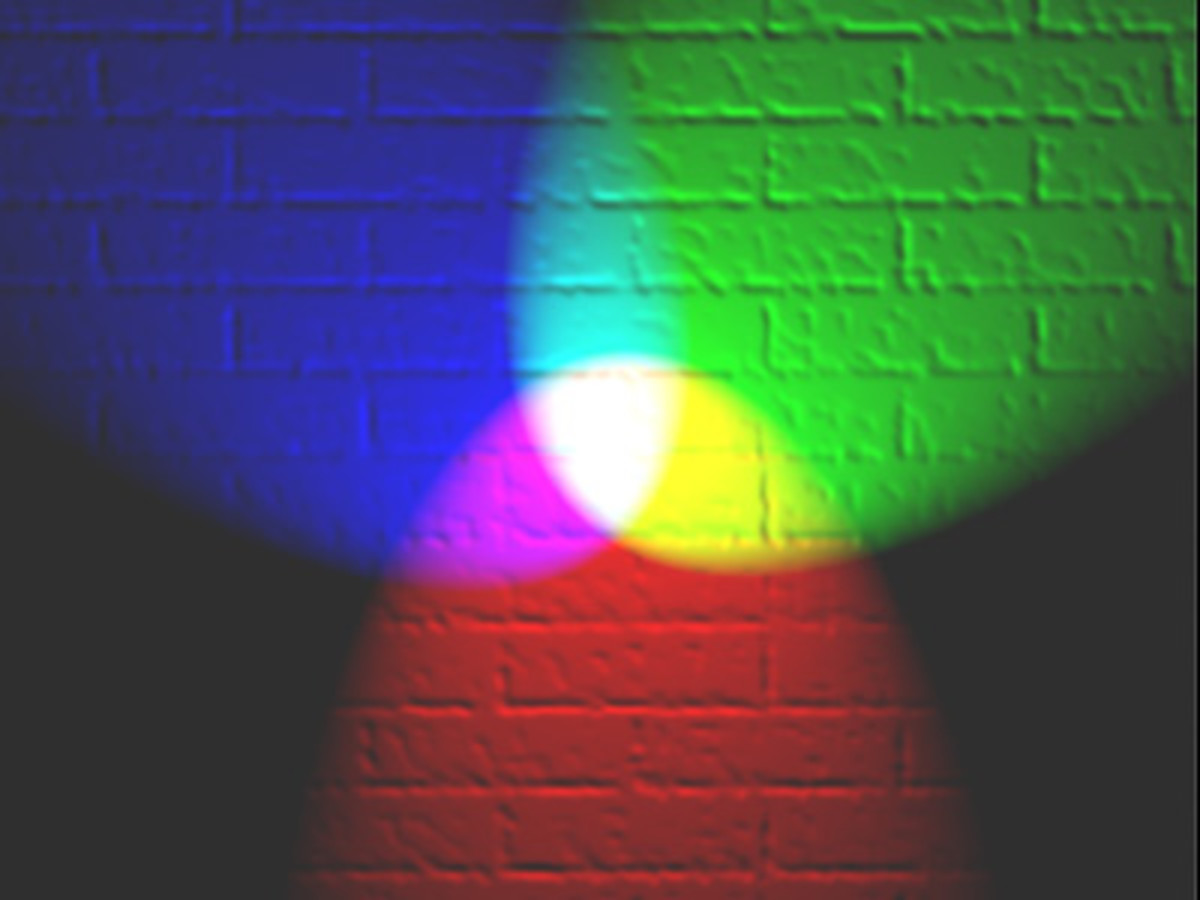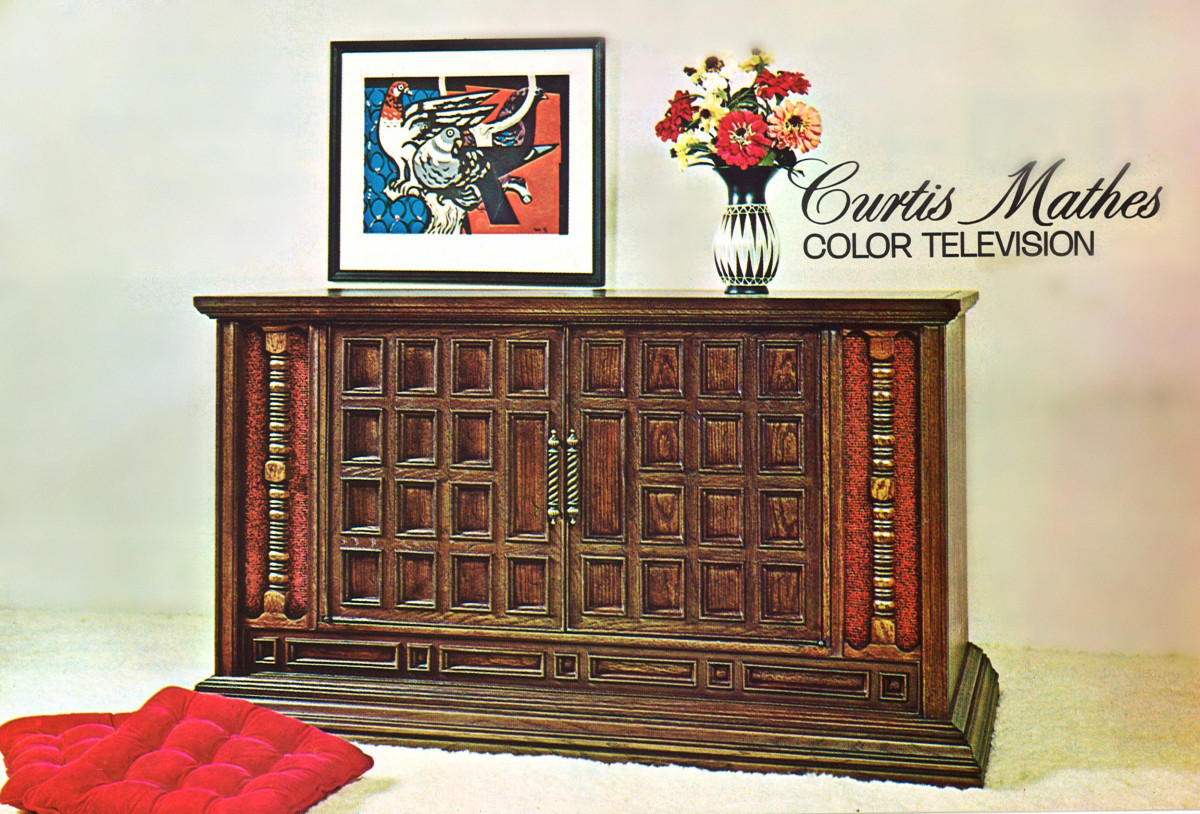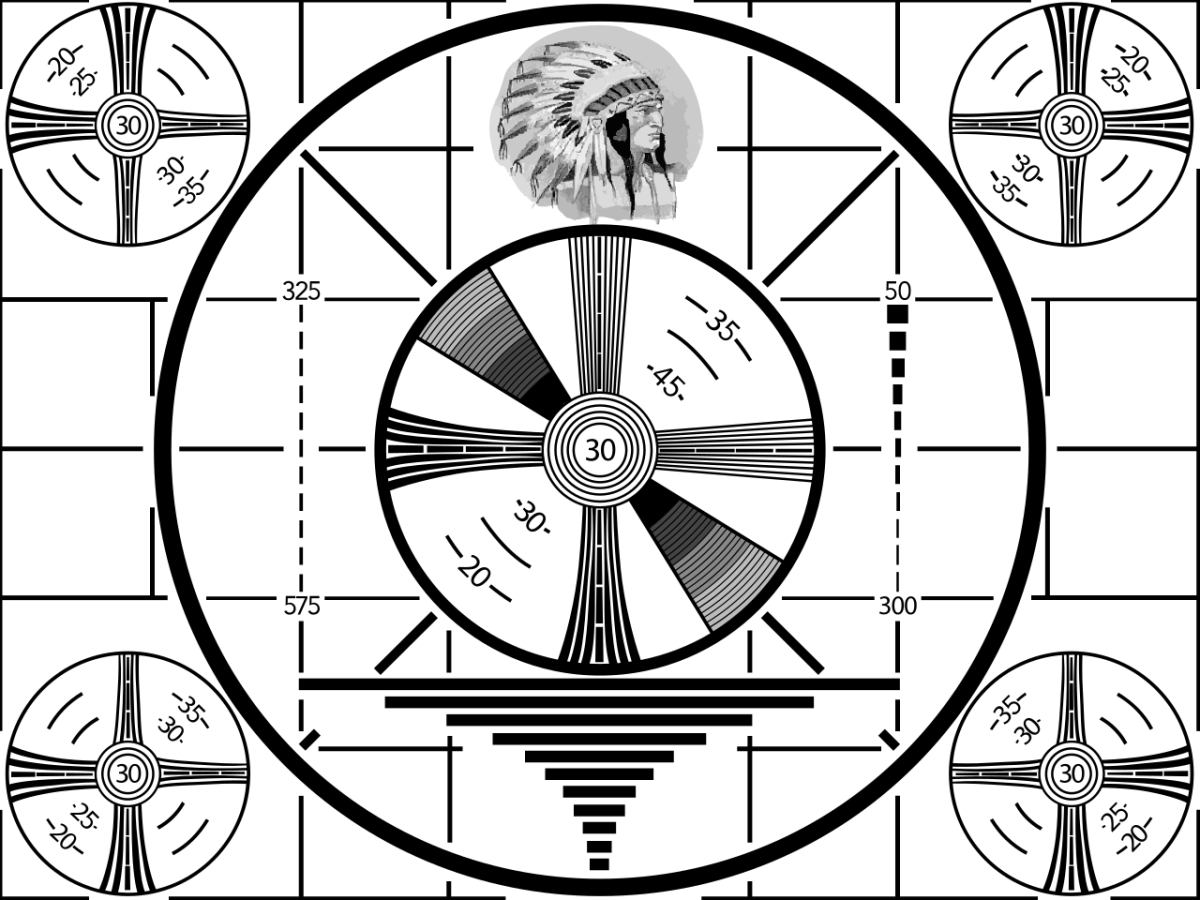Why 3D On Television Never Seems to Work
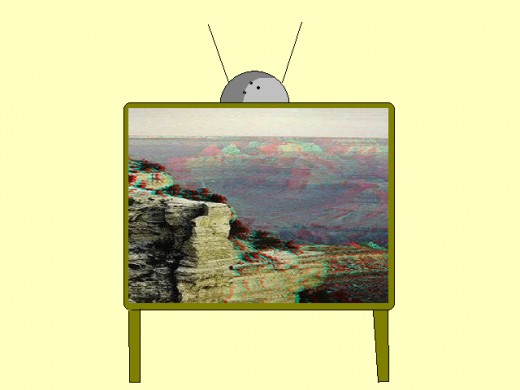
A few months ago I wrote an article on how impossible it was to find the 3D Glasses that NBC claimed they made 500 million glasses that were to be distributed at Sobe displays that could be found in any store that sold Sobe drinks across the United States. Although there were many who claimed online that they found a display in their town it was never from a board or group member I recognized and they never gave a specific location or address of a store that had a display so that others could find it. And despite my account of an extensive search in New York City I was unable to find a single pair let alone any sign of a display either full or empty.
I did save the Sobe commercial and "Chuck" episode on both DVR and VHS tape backup so that they may be watched as soon as I was able to buy some glasses off of EBay. Funny how the EBay glasses never showed up and the vendor turned out to be a scam artist. And here is another update. Two months ago Intel gave away 3D glasses in magazines including People and Entertainment Weekly accompanied by articles accompanied by 3D pictures and some 3D advertisements. And did the 3D work? No.
I can't say for sure if these 3D glasses had the same color filters that the television glasses had, but they did not work at all on either the Super Bowl commercials or the 3D episode of "Chuck". Oh sure, there was a placebo effect where sometimes you thought that maybe the 3D was working, but nothing actually popped out or receded. Worse than that the 3D glasses didn't even work on the pictures in the magazine. Okay, here is the problem. The blue filter on the glasses is way too dark. It does not actually filter out the second blue image completely but your right eye has to struggle to see anything. The left filter which is sort of a tan color does not actually block out the yellow image, nor does the dark blue filter make the yellow image any darker. In other words I do not see how this process could ever work except to produce a placebo effect. Once again, I can not say for sure if these are the same style of glasses that Intel and NBC supposedly distributed last January, but if it was then my long overdue verdict is that this 3D process does not work and is either a failure or a hoax. If Intel spent money developing this technology then they wasted their money. Also, why could Intel not have put glasses in magazines last January when they were needed and instead distribute the things in a way that left most Americans unable to find them?
Lets get down to basics. As I already wrote about in my article "An In Depth Look At 3D" the basic technology on any 3D process should work this way, breaking a flat image up into two separate images so that each eye sees a separate image from a different angle.
Here is where the technology of 3D falls apart. If you are unable to present two separate images for both eyes then the 3D is not going to work. 3D works well in movie theaters because there they are able to use polarized images. Televisions and magazines do not produce polarized images. Magazines can print two different colors and therefore work well with Anaglyphic images. This is why I believe that the Intel 3D process does not work. If it did then the print version would have worked. Showing 3D on television is not impossible but there are so many technical obstacles that make it impossible.
Standardizing Picture Color
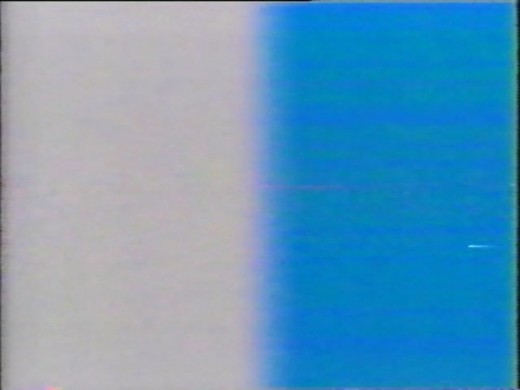
All televisions give you the ability to adjust the tint, contrast, brightness, and color. Generally there is a factory preset, but most people can't help but fiddle around with the picture until it produces the colors they prefer. The problem is that if the red on your television screen is not the same exact red on your glasses and the blue on your television screen is not exactly the same as on your glasses then the 3D effect will not be effective. Another problem is trying to get your local station to broadcast the correct colors. They two have the ability to adjust their tint, contrast, brightness, and color for the pictures coming from their station. If the station cares then their technician should have adjusted the broadcast picture prior to the airing of the 3D movie so that it matches the glasses. Some stations do not want to spend the extra money fine tuning the picture and broadcast as is. This could most likely be fixed at home by adjusting your set, but getting the colors exactly right could be a problem.
Transferring Polarized 3D into Anaglyph 3D



When you take a color 3D picture and turn it into a two color 3D picture the end result is less effective. A process was invented to tint a color picture into the two colors needed for separation. This in effect gives enough information to reproduce much of the original color and create a 3D color image. But it also does not allow the filters to completely block out the second image. And so when you look at the left image in the left filter you slightly still see the right image. The right image looked at through the right filter you can still slightly see the left image.
Ghosts and Other Nasty Artifacts.
When the first 3D movies were transferred from film stock to videotape the process created artifacts. One was a ghost, a slight shadow that appears next to all images. The other was that the edges of some of the images were extra dark which prevented them from being filtered out. Computer programs recently have allowed digital composites of 3D images without these artifacts.
3D editing

Another problem with showing 3D images on television is that a true 3D picture often ends up looking blurry without the glasses. Broadcasters do not like this as they believe viewers without glasses will tune away if they can not see the picture. So what happens with most 3D movies is the image is edited. Put it this way. Things that are close up or far away in a 3D film will appear as a double image without the glasses. So basically if the hero of the movie is standing at the focal point ( the distance from the camera where both images converge ) then there will be no double image of him. Once the hero walks out of the focal point either towards or away from the camera then he begins to blur without the glasses. For this reason 3D films are usually edited so that if the actors are not at the focal point then parts of the screen will not be in 3D. Lets take John Wayne in "Hondo". In a scene where he is walking into a doorway and would be blurry the half of the screen with the doorway is not being shown in 3D while the other side of the screen still shows the stove in 3D. In scenes where too many key actors are on scene outside the focal point then the entire scene is shown in regulate 2D without the 3D effects added. This cutting back and fourth between 3D and 2D pictures kills the 3D effect.
Placebo Effect
It was discovered that when you give someone a pair of 3D glasses and show them a 2D picture but tell them it is in 3D they convince themselves they are really seeing some of the 3D effects. This effect is exploited when putting a 2D scene in a 3D movie. If shown brief enough the viewer will be tricked into thinking they are seeing 3D
Pulfrich and Cromodeph 3D
These are both rivals to the two color Anaglyphic 3D. Pulfrich 3D looks convincing but is not true 3D. It also has a drawback where images have to be moving in order to appear 3D. And the effect only lasts a couple of minutes before the brain adjusts and the 3D effects stop working. Cromodeph 3D works by a pair of spectrum glasses that make red colors appear closer and blue colors appear far away The drawback is for the 3D to actually work you must convert the image from regular to Cromodeph which is close to Black and White, so no natural pictures. Cromodeph 3D was used in the show "I Love The 80's In 3D" which relied more on a placebo effect then a 3D effect.


